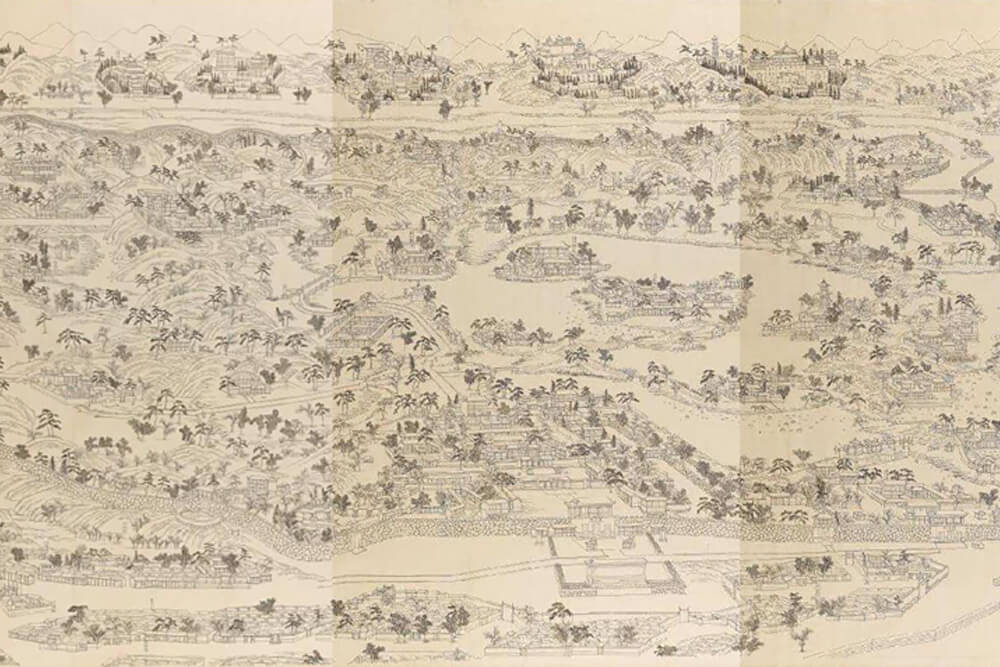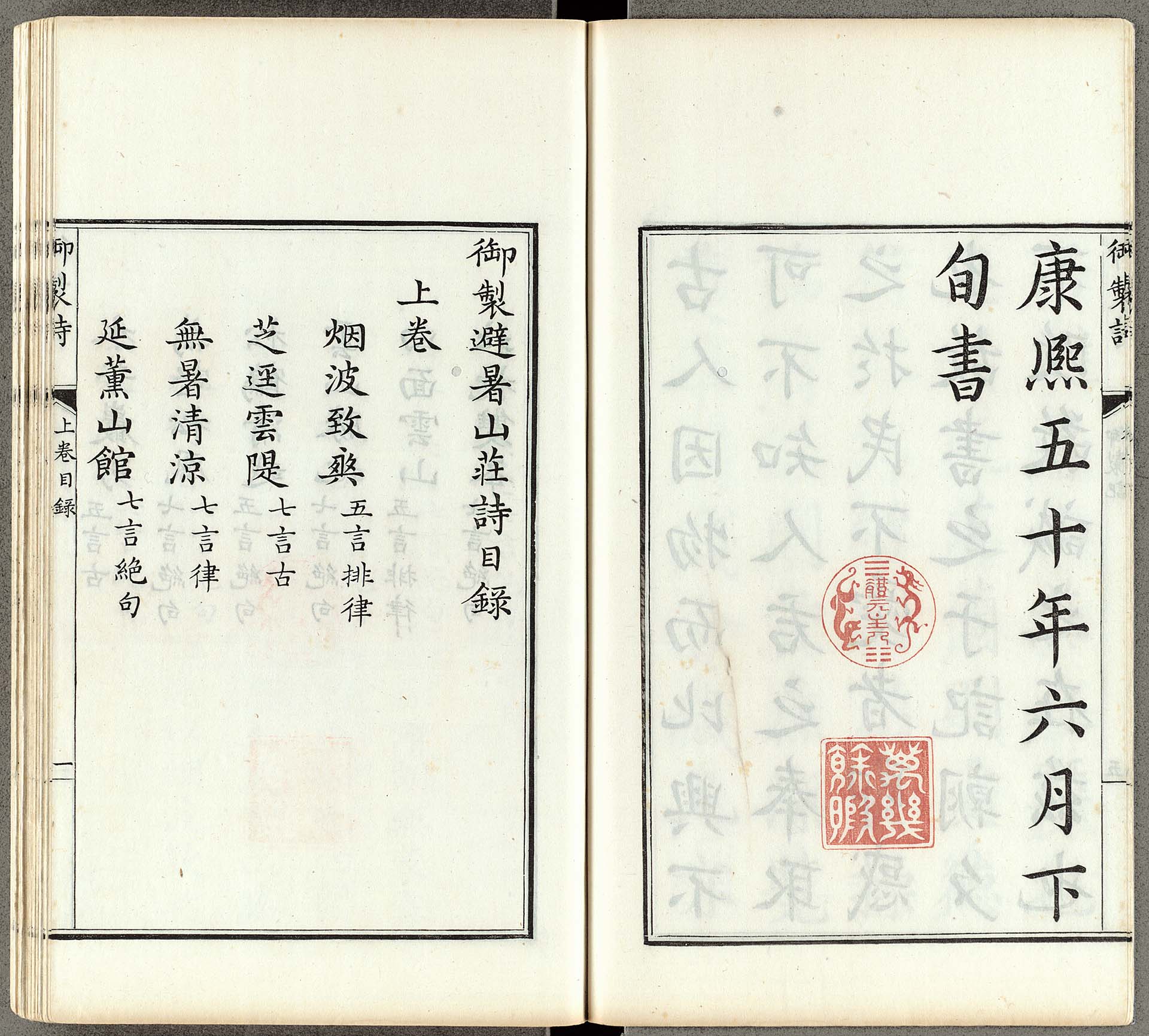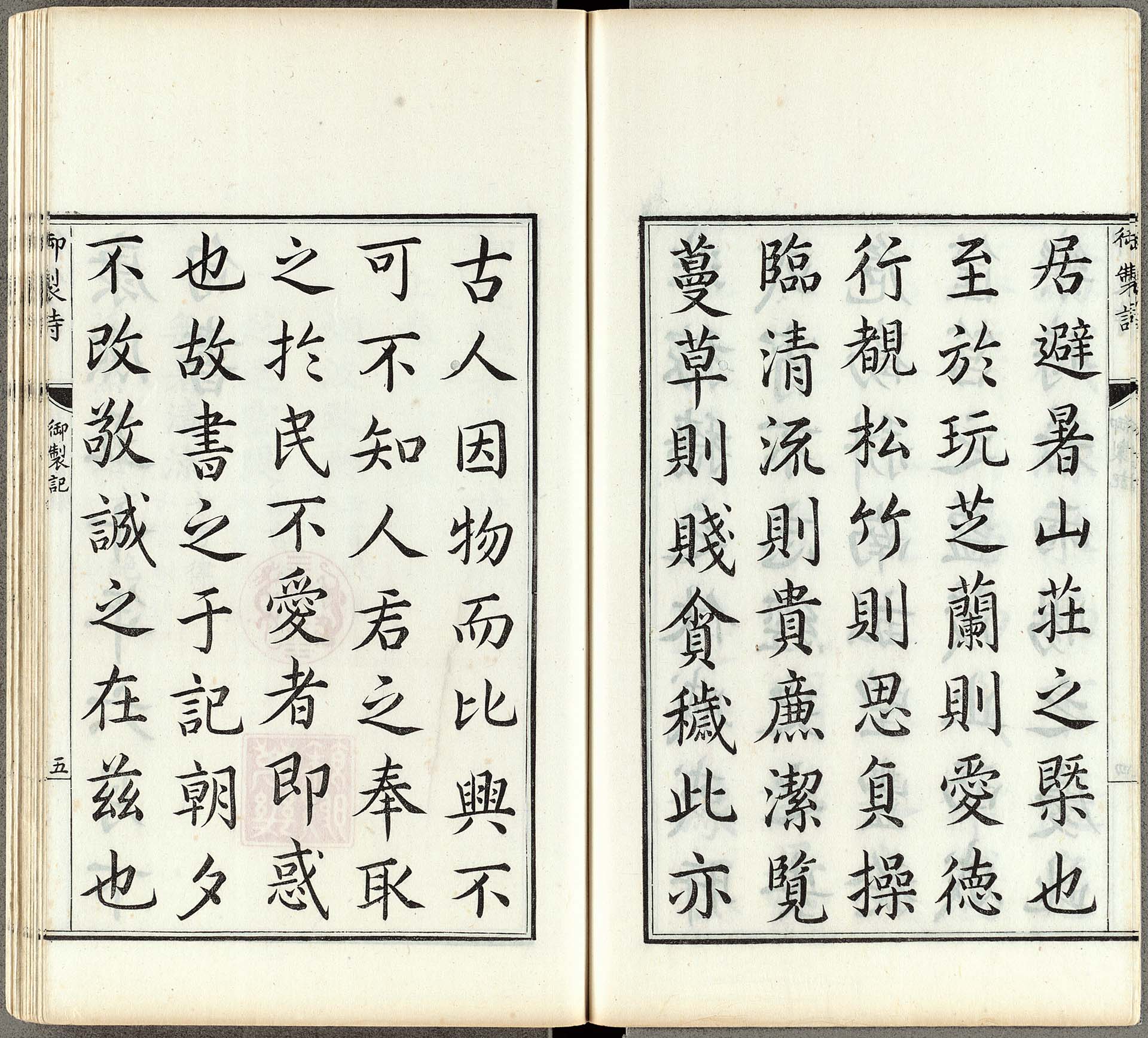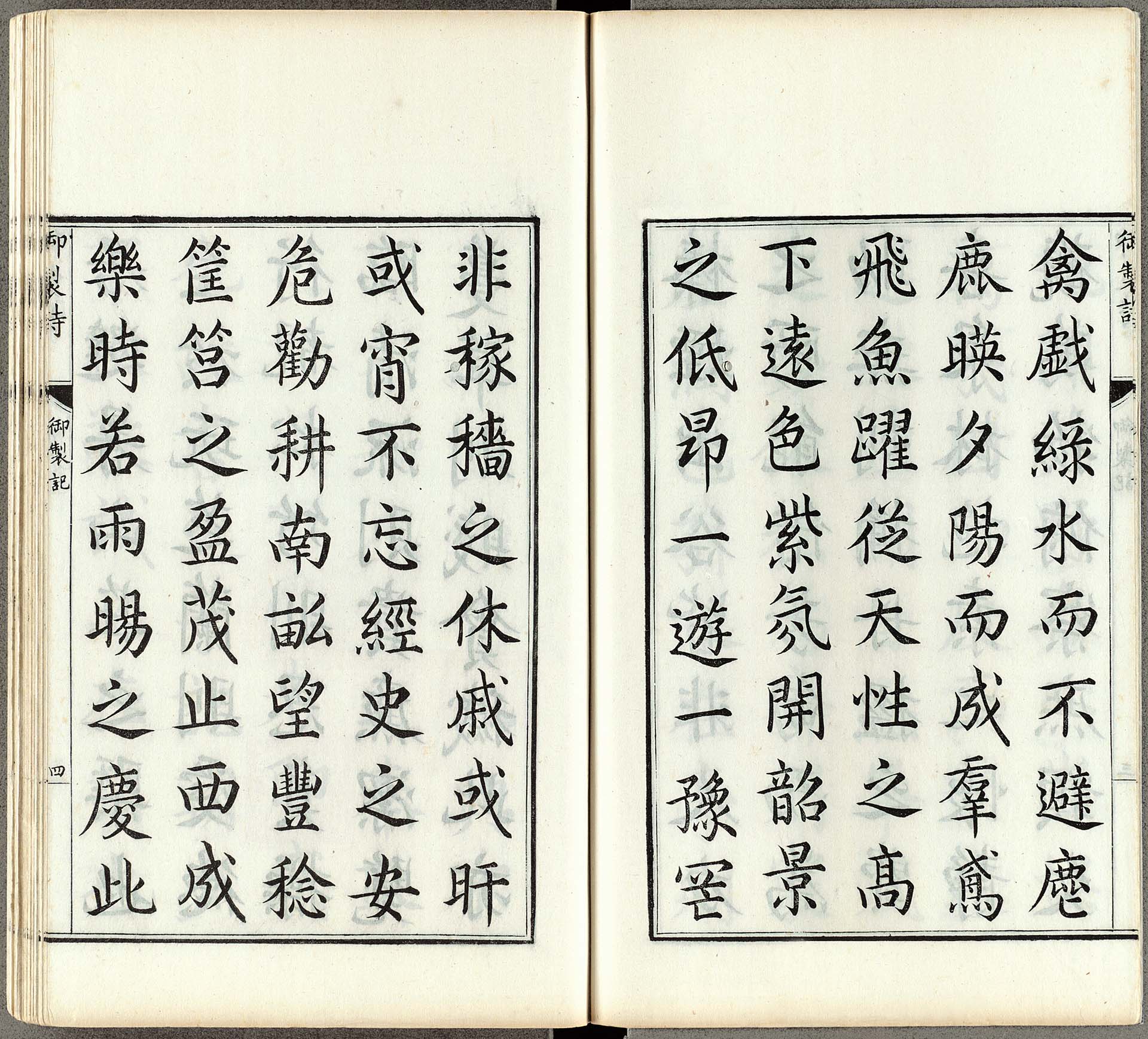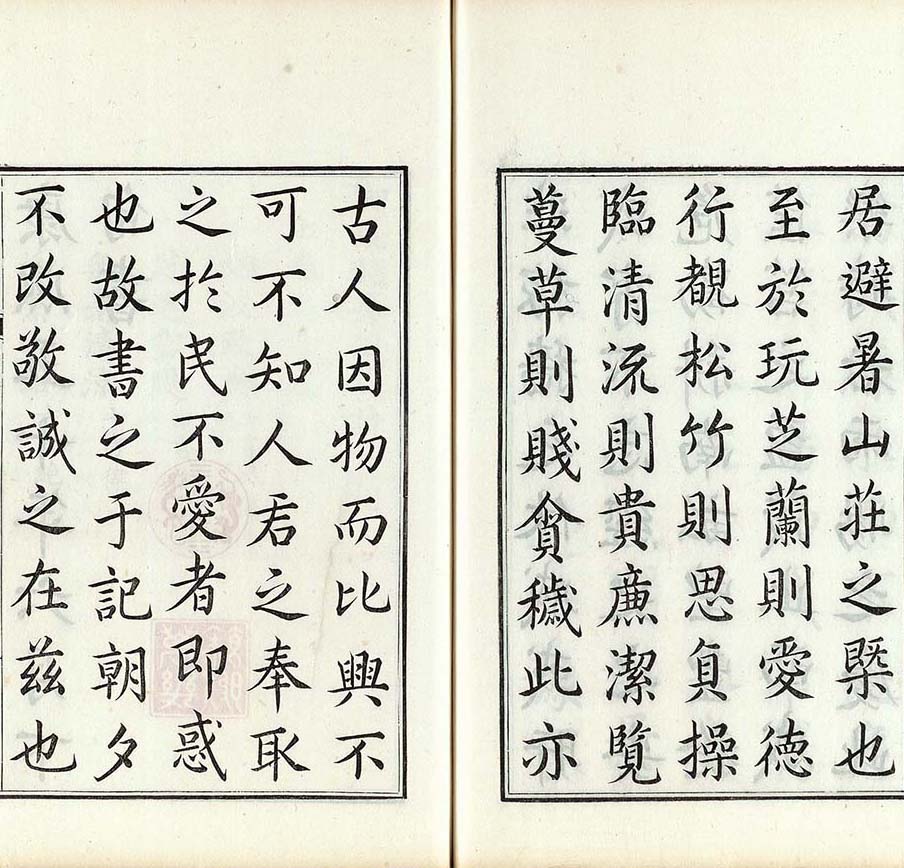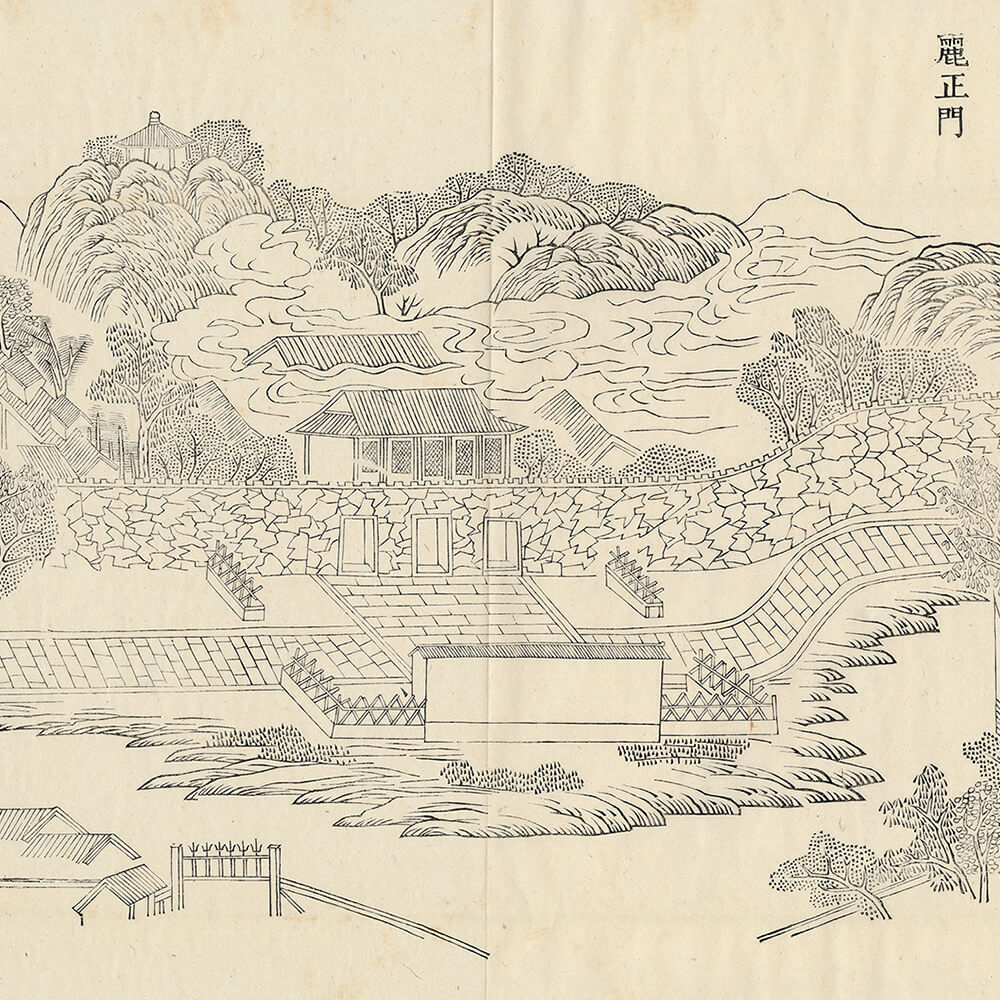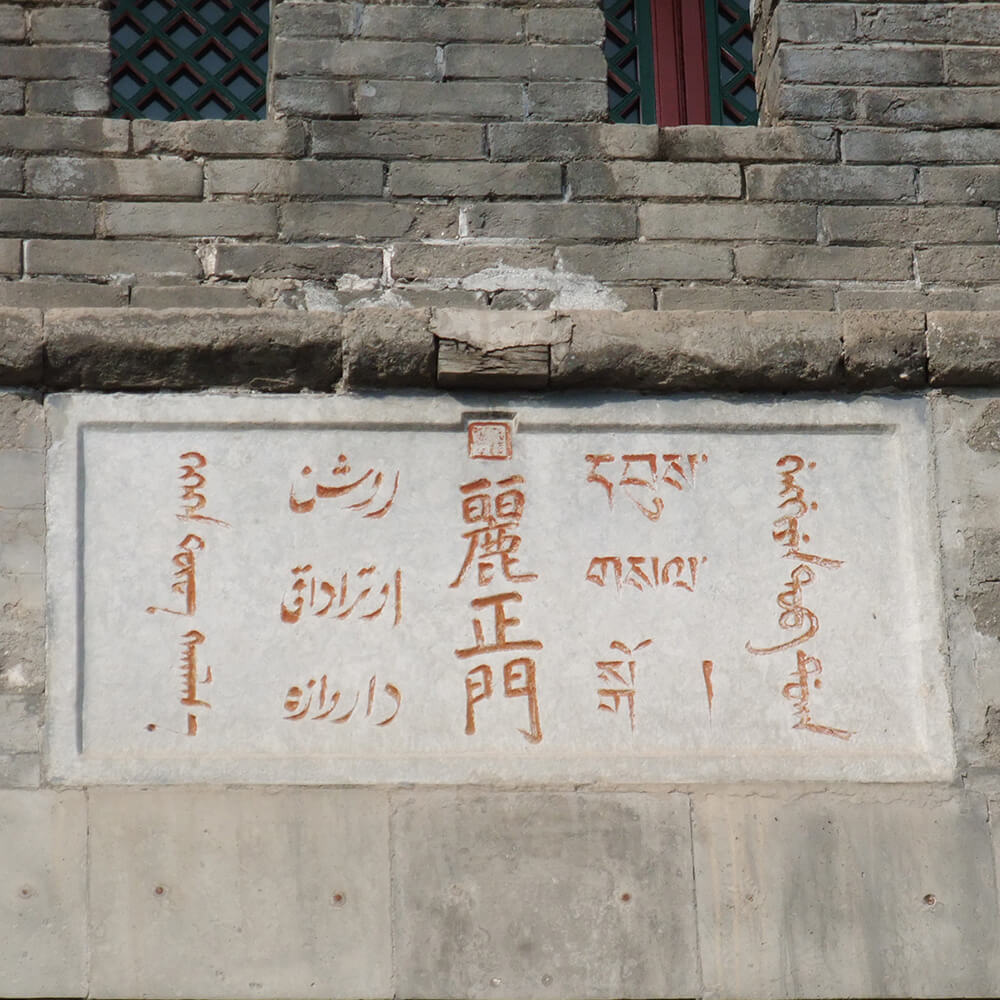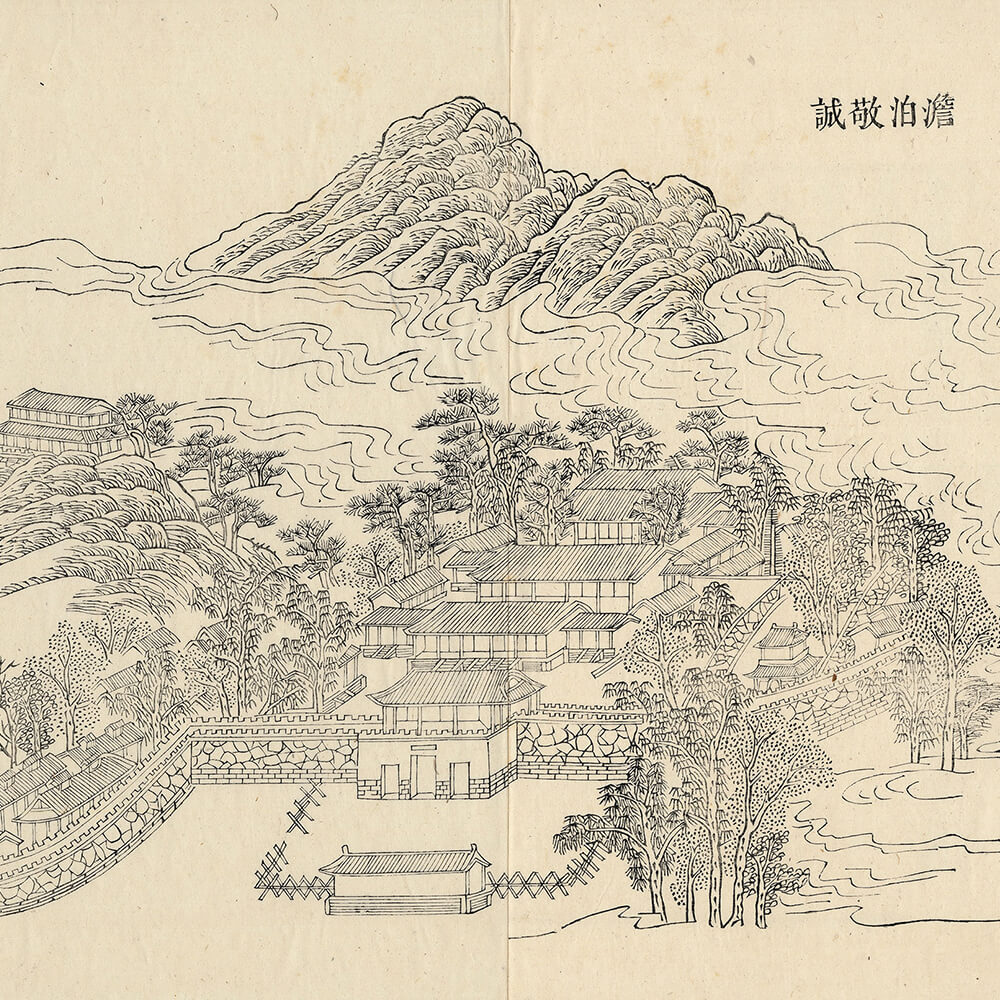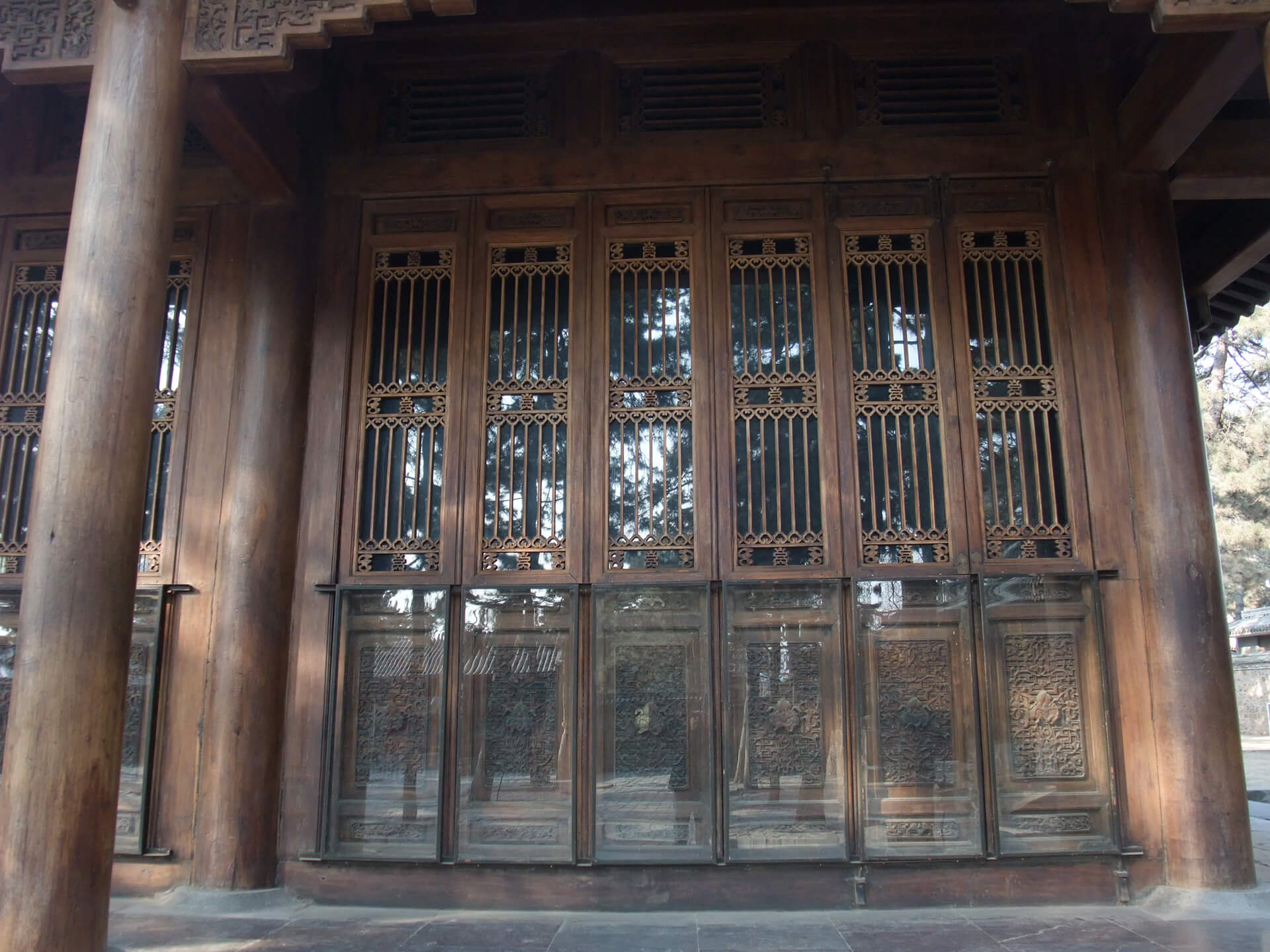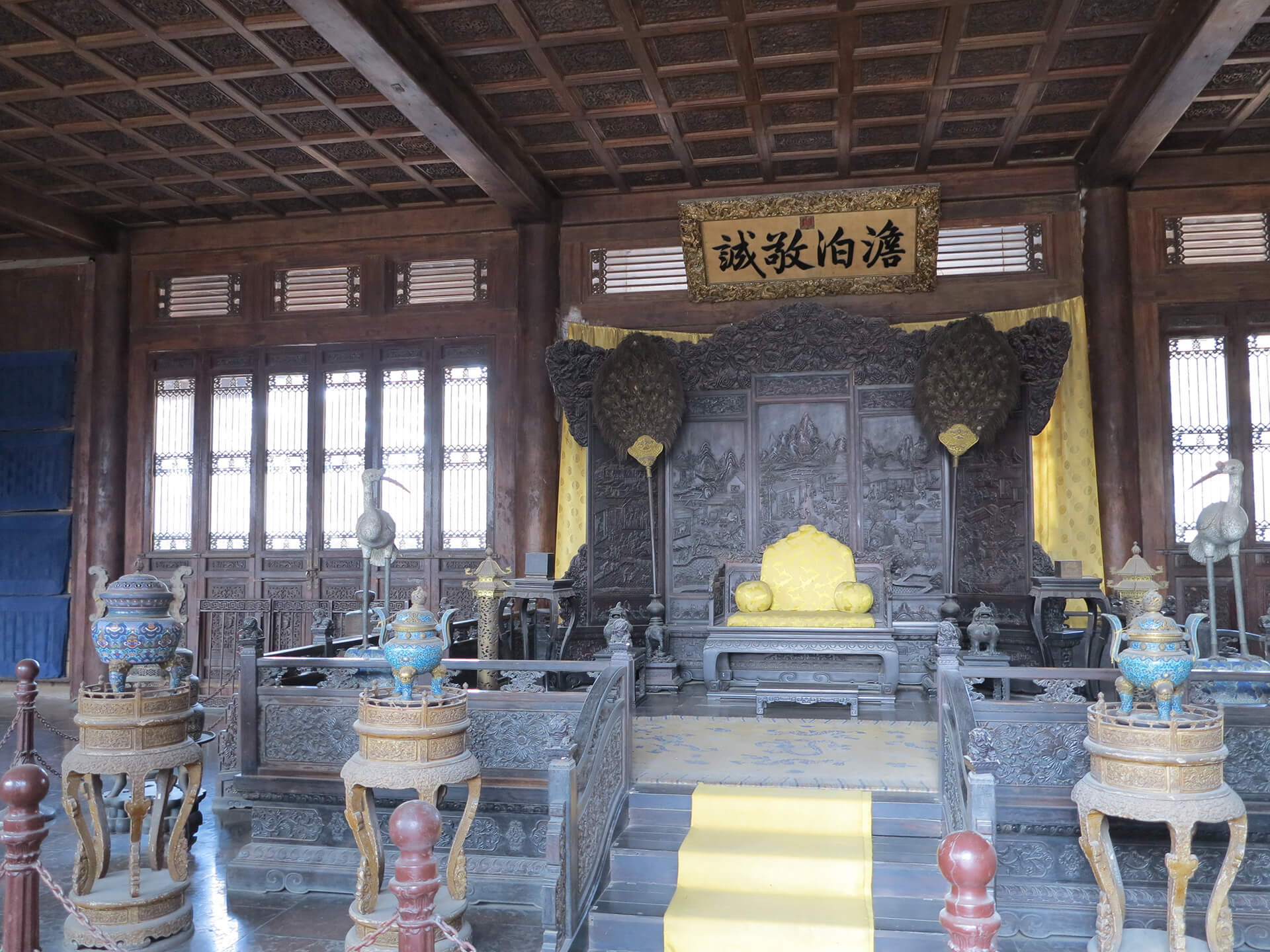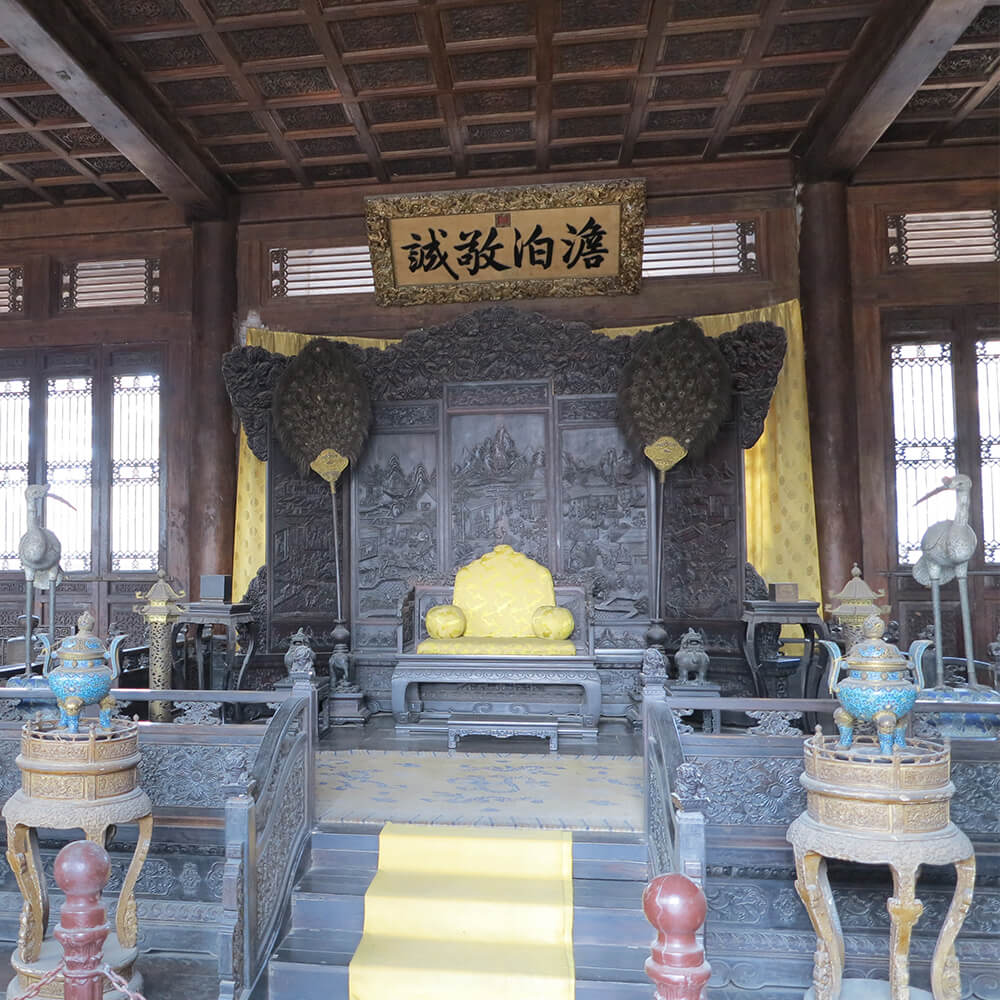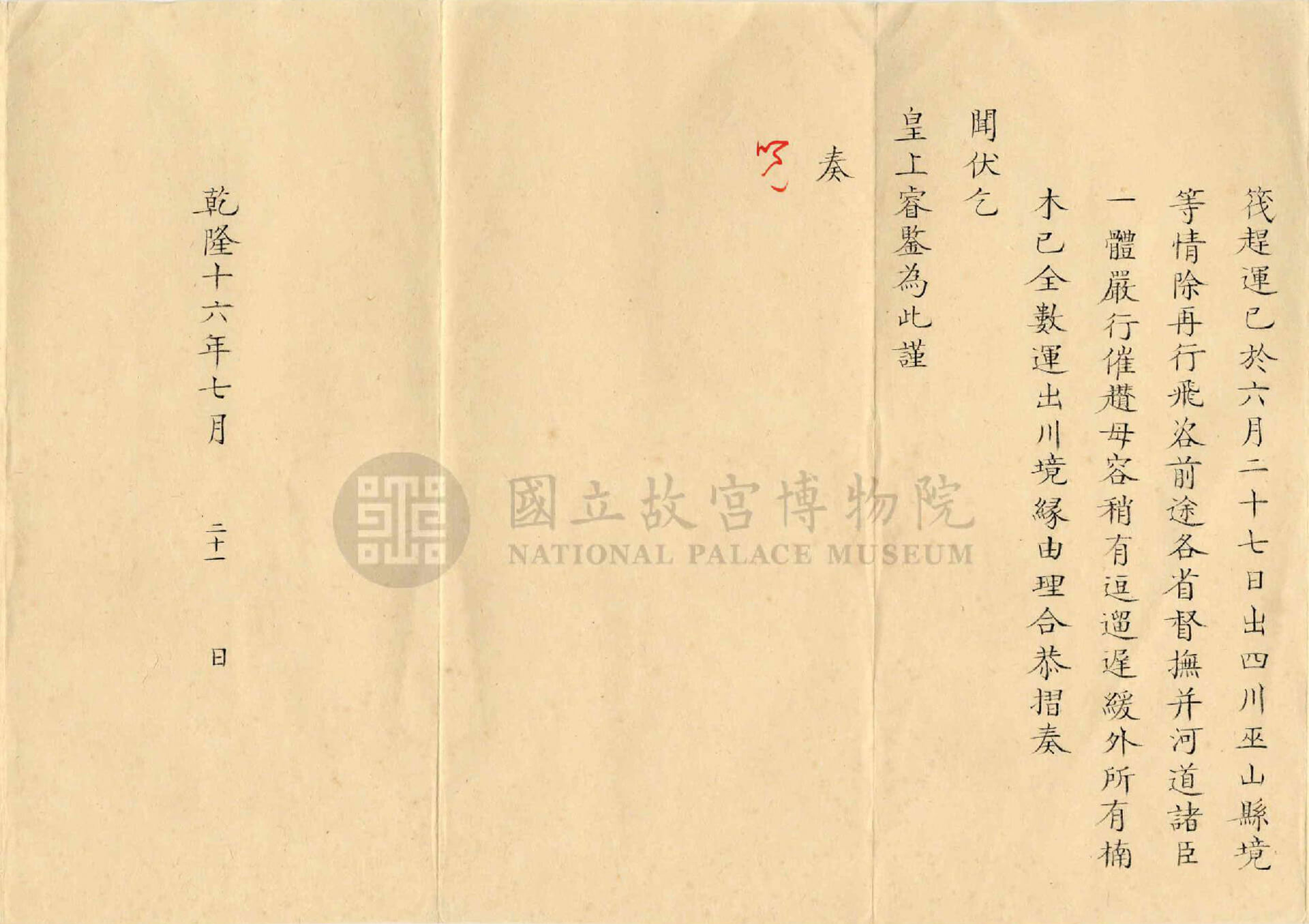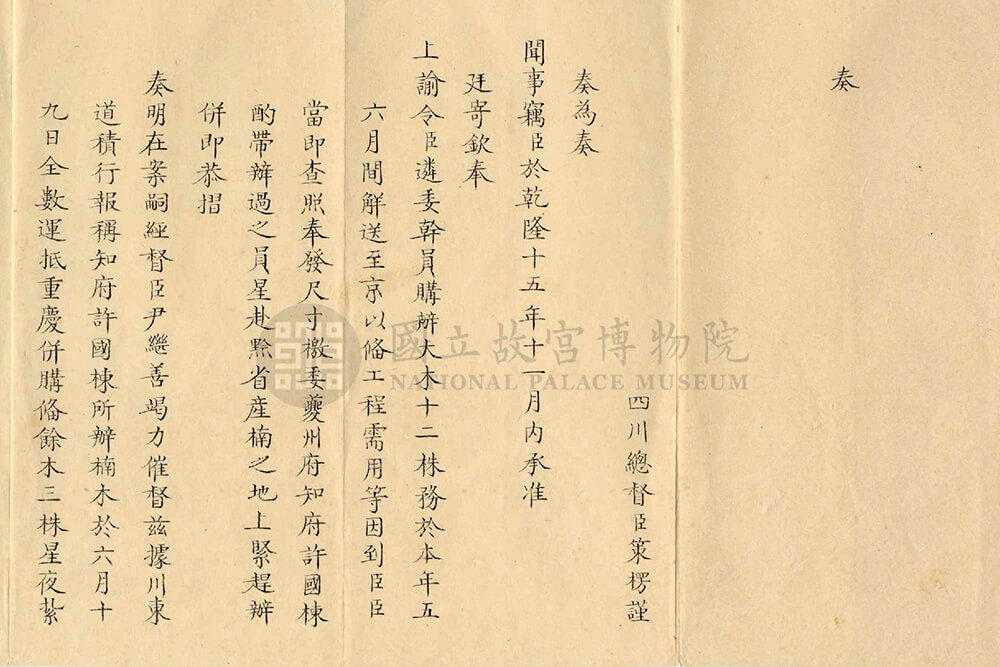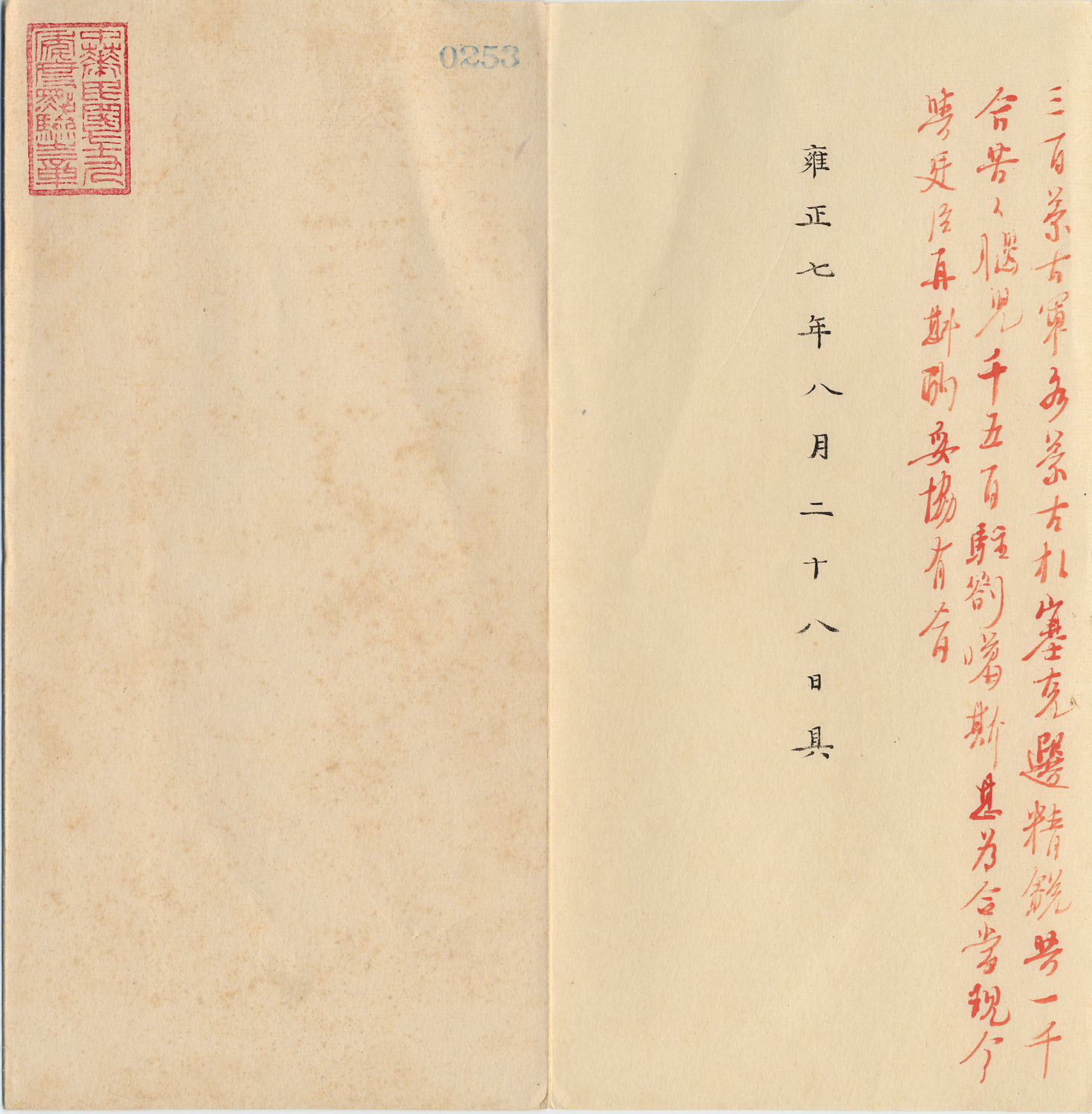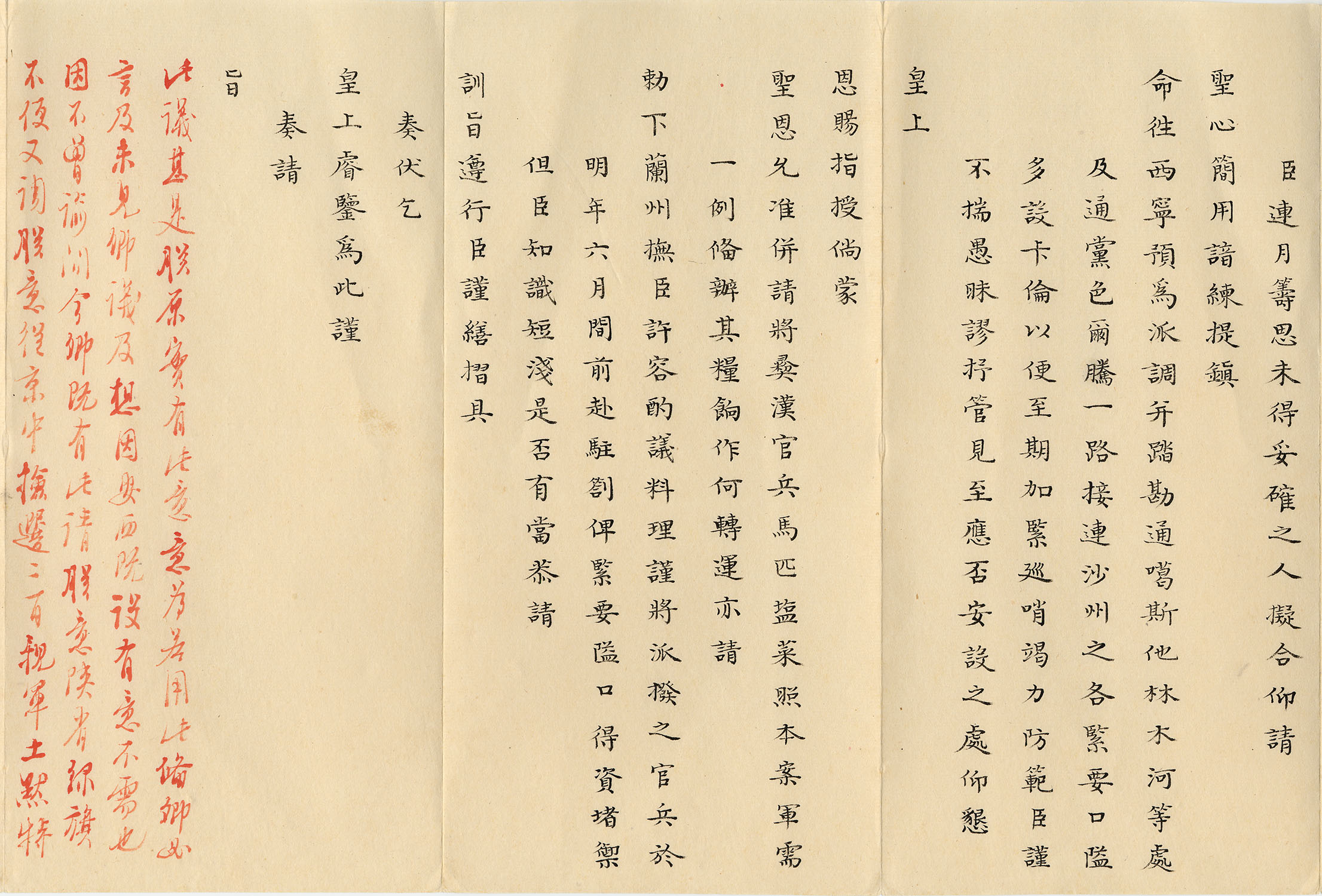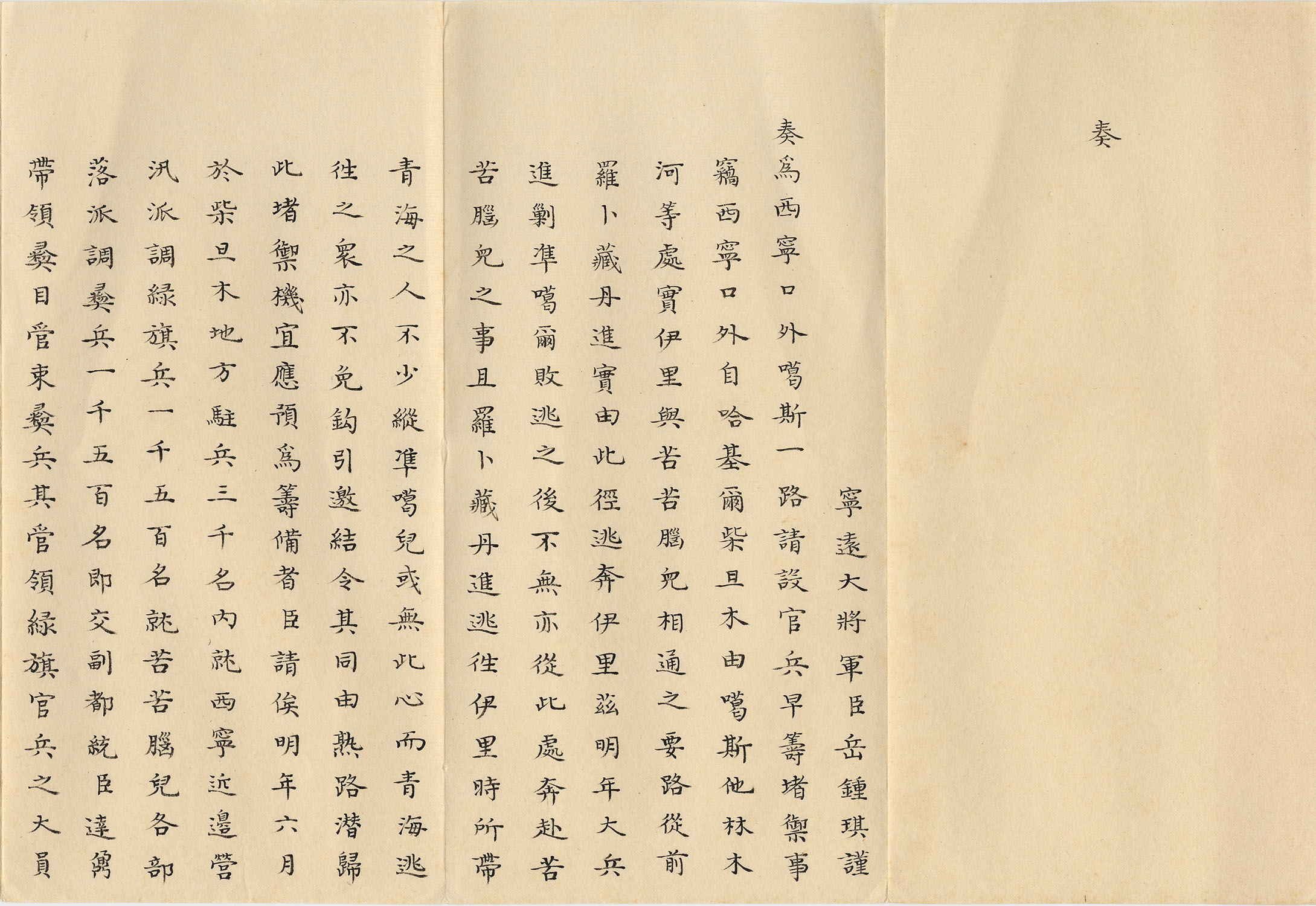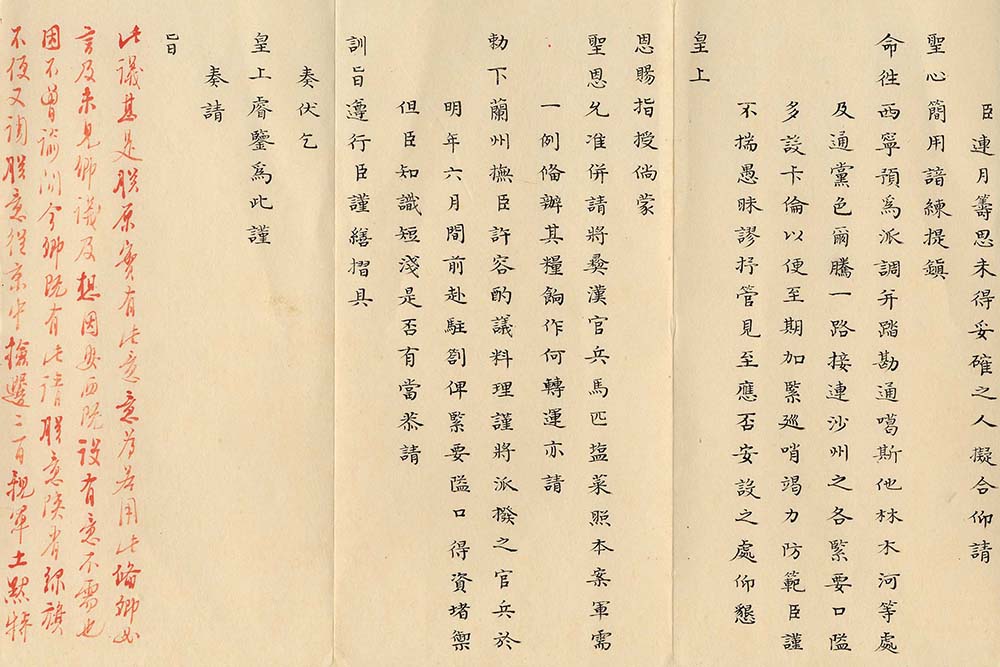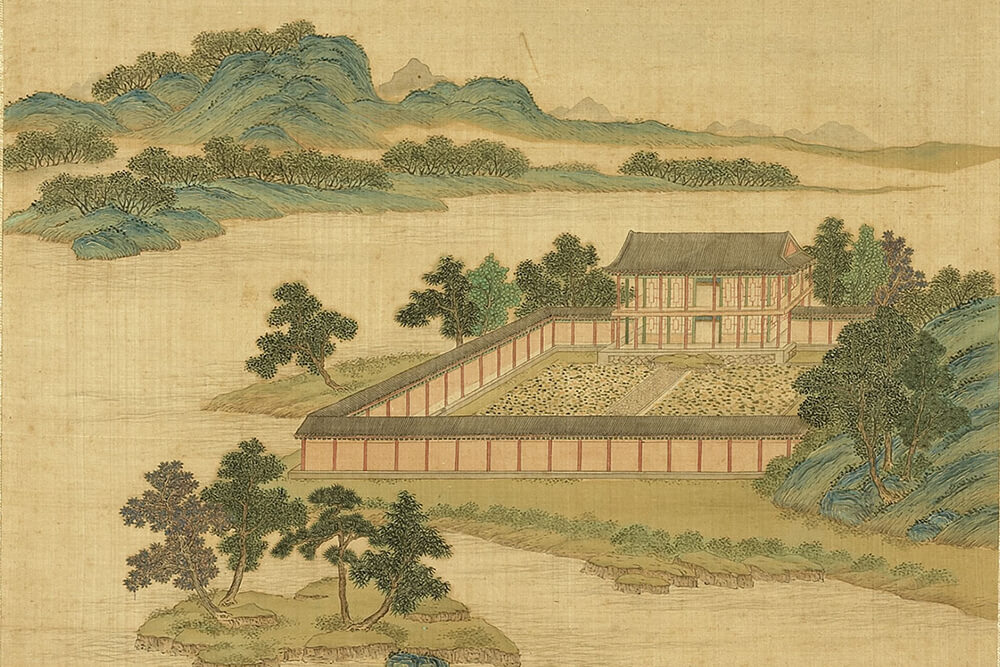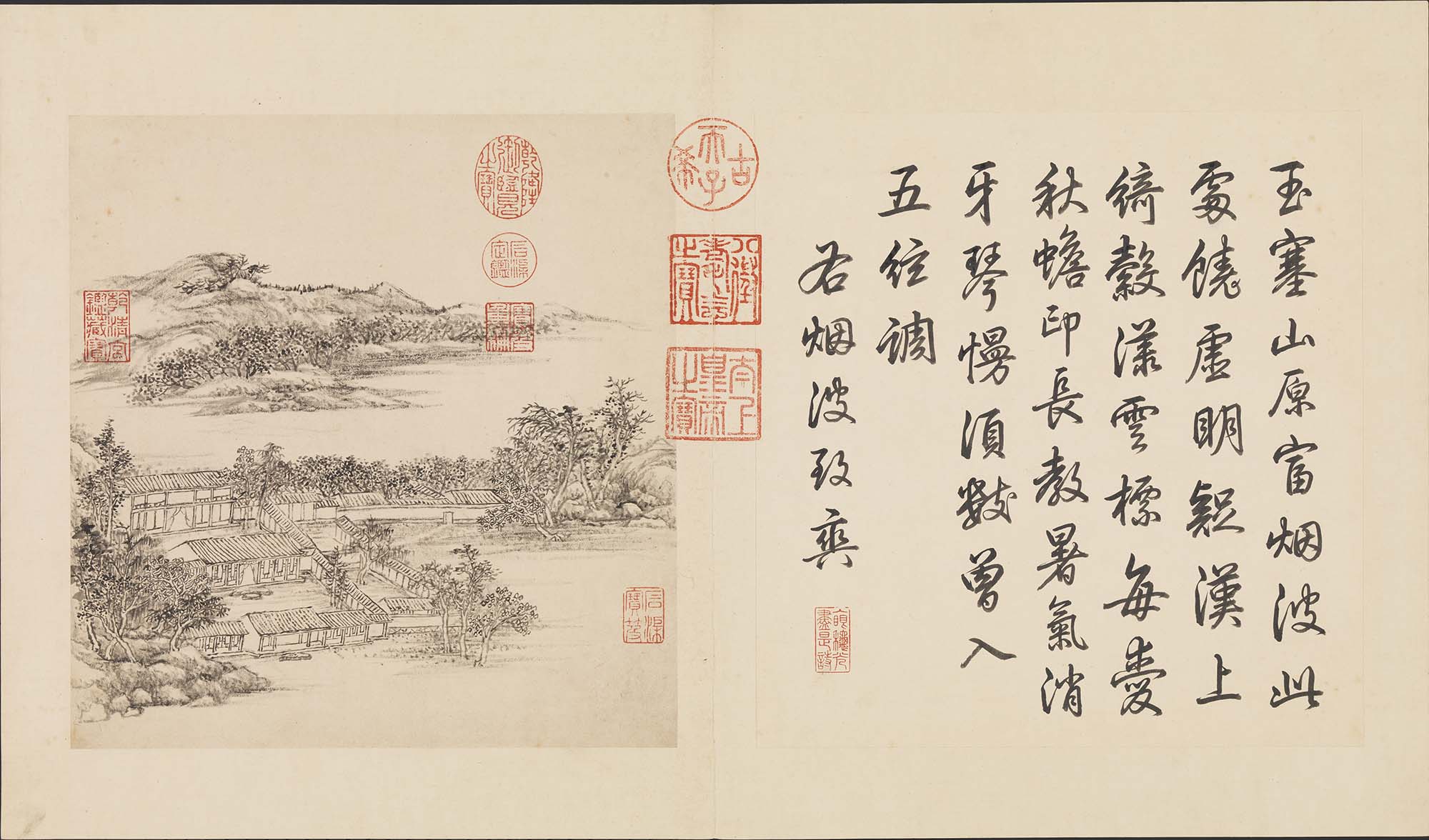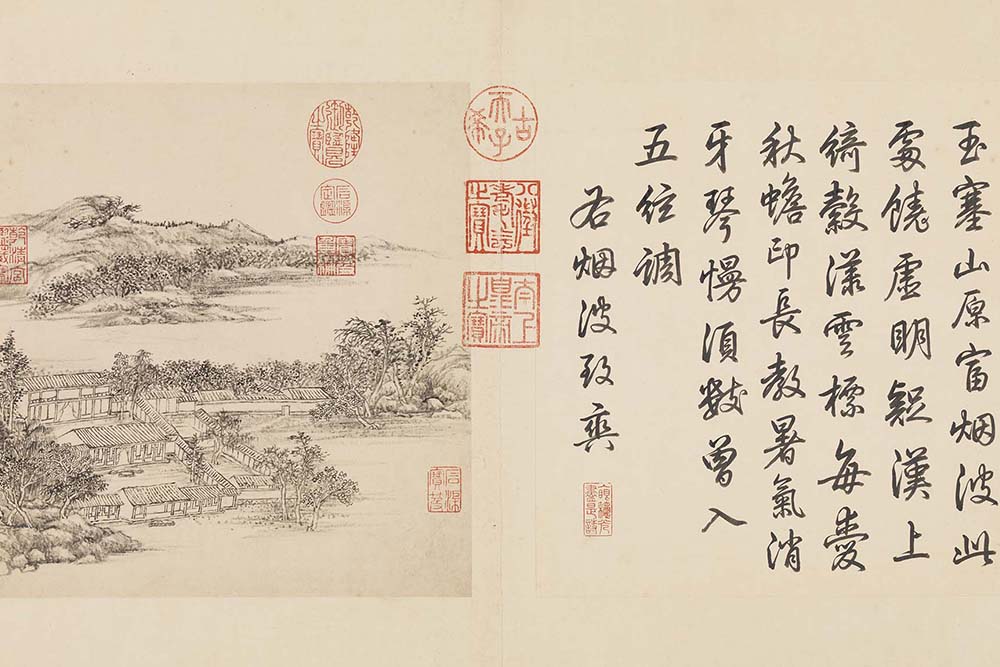The Garden as Microcosm of the Qing Empire
As the second center of political power of the Qing Empire, the architecture and layout of the Chengde Summer Resort were designed to resemble the Forbidden City in Beijing. On the other hand, the gardens were set to symbolize the empire as a unitary multi-ethnic state by incorporating replicas of scenic spots and flora from across the empire.
The resort and its outlying architectural complexes can be roughly divided into the following: palaces, lakes, plains, and temples. The palaces, comprising the emperor's office, living quarters, and ceremonial venues, were built on the same layout as the Forbidden City in Beijing, with the front area devoted to state affairs and the rear rooms used as bedchambers. The lakes were recreational spaces for the emperor. Some pavilions and pagodas had a style unique to the resort, while others were inspired by scenic spots in the Jiangnan region. The flora in this area consisted of plants native to the northern regions or transplanted from the Chinese heartland. The plains area centered around the Ten Thousand Tree Garden (Wanshuyuan), where Qing emperors would have a massive yurt erected to receive Mongolian noblemen and foreign envoys, making this place an important diplomatic venue for the empire. Surrounding the resort were the Eight Outer Temples (Waibamiao), or Chinese- and Tibetan-style temples built during the Kangxi and Qianlong reigns to mark important occasions. These temples are testament to the Qing Empire's use of religious policy to court Mongolian and Tibetan leaders.
The construction and design of the summer resort made it a veritable microcosm of the Qing Empire, reflecting its mode of rule, cultural hybridity, forms of diplomacy, military strategy and deployment, and religious policy. The archives and paintings in the Museum collection give a glimpse into this small universe.
- Illustration of the Summer Resort in Jehol
- Ink on paper
- Qing Dynasty
Judging from the names noted for the various buildings and scenic areas, the painting was created during the late Qianlong era. The bird's-eye view of the painting puts the northern orientation at the top, southern orientation at the bottom, western orientation at the left and eastern orientation at the right. The painting shows the Summer Resort and surrounding areas that are important, including the palace area, lake area, plains area, and the temple and hill area. Overall, 120 palace buildings, terraces and landscape, temples and altars, government offices and dorms, and water conservancy facilities are shown, depicting the form and style of the Summer Resort and associated buildings during the height of the Qing dynasty. The painting also reflects how the Beijing palace area is at the core of the empire, surrounded by lakes and rivers in the south, grassy plains in the northwest, the mountains in the northeast.
- Illustration of the Summer Resort in Jehol
- Ink and color on paper
- Qing Dynasty
The author of "Illustration of the Summer Resort in Jehol," housed in the National Palace Museum, remains unknown. However, judging from the names of the various buildings and scenic areas, one can deduce that the painting was created by a court painter during the late Qianlong era. The bird's-eye view of the painting puts the southern orientation at the top, northern orientation at the bottom, eastern orientation at the left, and western orientation at the right, and the painting shows a full view of the Summer Resort and its surrounding temples. A closer look at the painting reveals the painters' careless painting techniques and inelegant brushwork. Also, a few of the scenic spots or buildings have spelling errors. An actual count shows that there are 73 buildings and scenic spots with names in the painting; those with names are all inside the resort, whereas those without names are outside the resort and in the mountain temple areas. Despite the painting being a relatively careless work, it was created during the late Qianlong period, a time when the resort had just undergone an expansion. Thus, the painting serves as an important reference for people to understand the history of the resort.
- Notes on the Summer Resort
- From fascicle 22 of Yuzhiwen Sanji (Second Supplement to the Collection of Imperial Literary Works)
- Written by Emperor Kangxi, Qing dynasty
- Jiang Lian edition, the 53rd year of the Kangxi reign (1714), Qing dynasty
The "Notes on the Summer Resort" is an important reference for us to understand how the Summer Resort went from the Jehol Resort to the Summer Resort. The document was written in the second half of June 1711, which corresponds to the year that Emperor Kangxi changed the name of the Jehol Resort to the Summer Resort. The text states that Emperor Kangxi chose Jehol as his resort because it was close to the capital (two days round trip). Functionally, it was not much different than the Forbidden City. Another reason was that the weather and environment of Jehol was suitable for relaxation and spiritual cultivation. Finally, the text points out that the geographical scenery at Jehol allows the emperor to quietly gain insight into people's livelihoods and living, so that he can understand how to use governance to serve the people.
- From fascicle 30 of Qinding Jehol Zhi (Imperially Endorsed Local Gazetteer of Jehol)
- Compiled by He Shen, et al., on imperial order
- Imprint by the Imperial Printing Office at Wuyingdian Hall, 46th year of the Qianlong reign (1781), Qing dynasty
The main gate of the Summer Resort, the "Gate of Beauty and Integrity," is the first entry for entering the palace area's Main Palace. The watchtower-style building adds to the imposing atmosphere. This gate was built in 1754 and has a plaque bearing the words "Gate of Beauty and Integrity" written in Chinese by Emperor Qianlong. The same text is repeated in Manchu, Tibetan, Hui, and Mongolian from right to left. The Chinese words "Beauty and Integrity" was inspired by a section of the I Ching (the Book of Changes), "The sun and moon have their place in the sky. All the grains, grass, and trees have their place on the earth. The double brightness adheres to what is correct, and the result is the transforming and perfecting all under the sky". In Manchu (genggiyen tob duka), it means "bright gate," which is a simpler meaning. The five different languages on the gate reflect the many ethnic cultures under the Qing rule.
Palace Area: the Moving Forbidden City
The Summer Resort's palace area is situated in the south of the resort, and serves as the Qing emperor's court, ceremonial, and living area when visiting the resort. The palace area is made up of the Main Palace, the East Palace, the Mountain and Pines Court, and the Pine and Crane Pavilion. The Main Palace's building specifications followed those of the Forbidden City in Beijing. That is, they were built along a central axis, with the court being held in the front and living area placed in the rear. This creates a symmetrical, organized, and majestic palace. The front of the palace is represented by the Hall of Tranquility and Respect and the rear living area is represented by the Yanbo Zhshuang Hall. In the mid and late Qing dynasty, both Emperors Jiaqing and Xianfeng died at the resort, heralding the gradual decline of the Qing dynasty.
Illustration of the Hall of Simplicity and Piety (Danbo Jingchengdian)
- From fascicle 35 of Qinding Jehol Zhi (Imperially Endorsed Local Gazetteer of Jehol)
- Compiled by He Shen, et al., on imperial order
- Imprint by the Imperial Printing Office at Wuyingdian Hall, 46th year of the Qianlong reign (1781), Qing dynasty
The Hall of Simplicity and Piety is the name of the Main Palace's pavilion and where Qing dynasty emperors held court and major ceremonies when they were at the resort. Its role is similar to that of the Hall of Supreme Harmony in Beijing. Built in 1710, a plaque bearing "Simplicity and Piety" written by Emperor Kangxi hangs in the center of the hall. In 1754, the ceiling, windows, and pillars of the hall were rebuilt with nanmu wood. Thus, it is also called the "Nanmu Hall."
Palace memorial on procuring Chinese nanmu timber and its shipping out of Sichuan
- Presented by Ce Leng (?-1756), Governor-General of Sichuan
- 21st day of the 7th month of the 16th year of the Qianlong reign (September 10, 1751), Qing dynasty
In 1751, the governor of Sichuan, Ts'ereng (?-1756) wrote a report to the emperor that local government officials worked day and night to cooperate with the imperial court and shipped out the nanmu wood used for expanding the Summer Resort palace.
Palace memorial on the date of the rushed shipment of Nanmu timber from Sichuan to Beijing via Hubei
- Presented by Heng Wen (?-1757), Governor of Hubei
- 2nd day of the 8th month of the 16th year of the Qianlong reign (September 20, 1751), Qing dynasty
To repair the main hall of the Summer Resort in 1736, Emperor Qianlong issued an edict for southwestern provinces to prepare nanmu timber and transport it northwards from the Yangtze River to The Grand Canal before the deadline. This palace memorial records a report from provincial governor Heng Wen (?-1757) to supervisors and subordinates concerning the sending of all of his nanmu timber from Sichuan to the Jiangxi Province. This batch of nanmu timber was the main building materials used to build the Danbojingcheng Hall of the Summer Resort, and exemplifies how the Qing empire utilized the Yangtze River to bring domestic resources and the resort together.
Mist-covered Refreshing Air
- From Bishu Shanzhuang Tu Bing Qianlong Tishi Ce (Illustrations of the Chengde Summer Resort with Poetic Works by Emperor Qianlong)
- Zhang Ruoai, Qing dynasty
- Qianlong reign (1736-1795), Qing dynasty
- From the 1st volume of Bishu Shanzhuang Sanshiliujing Tuce (Thirty-six Views of the Chengde Summer Resort, with Poems and Illustrations)
- Zhang Zongcang, Qing dynasty
- 17th year of the Qianlong reign (1752), Qing dynasty
Behind the Main Palace is the emperor's residential area. Built in 1710, Emperor Kangxi stated that this place is "situated on high ground and has clear cool air," and "10 miles of flat late with refreshing air." Thus, this place was named "Mist-covered Refreshing Air," meaning smoky and refreshing waves. This location was placed first among the 36 resort scenic areas. During the mid to late Qing dynasty, the empire waned. Both emperors Jiaqing and Xianfeng died at the resort. Later, the resort gradually had less and less activities, and eventually fell into decline.

